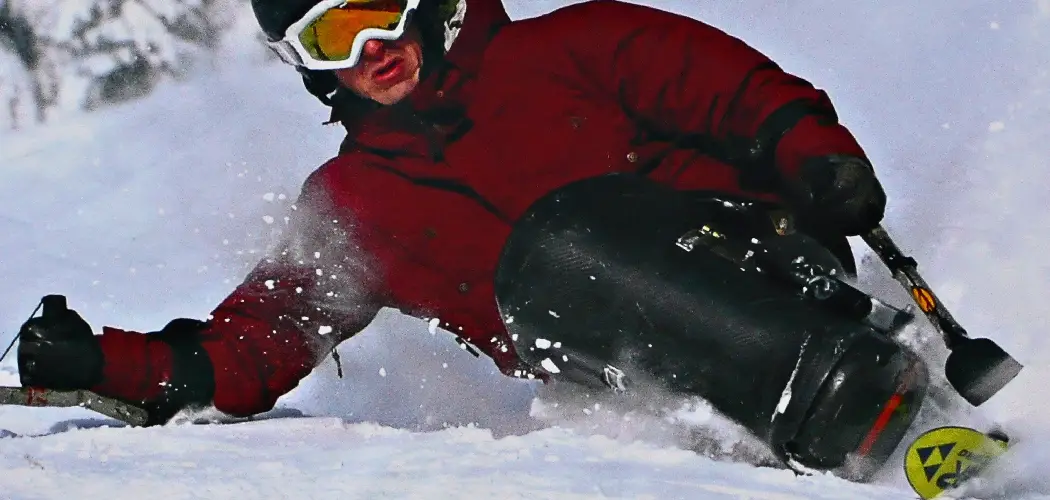Are you in the market for a new pair of snowboard boots? If so, you may be wondering how do vans snowboard boots fit.
Vans snowboard boots are renowned for their stylish designs and reliable performance on the slopes. However, understanding how they fit is crucial for making the most out of your snowboarding experience. Unlike regular shoes, snowboard boots must offer a snug yet comfortable fit to ensure proper riding control and response. Vans have meticulously designed their boots to accommodate different foot shapes and preferences by providing features like customizable liners, adjustable lacing systems, and various sizes.
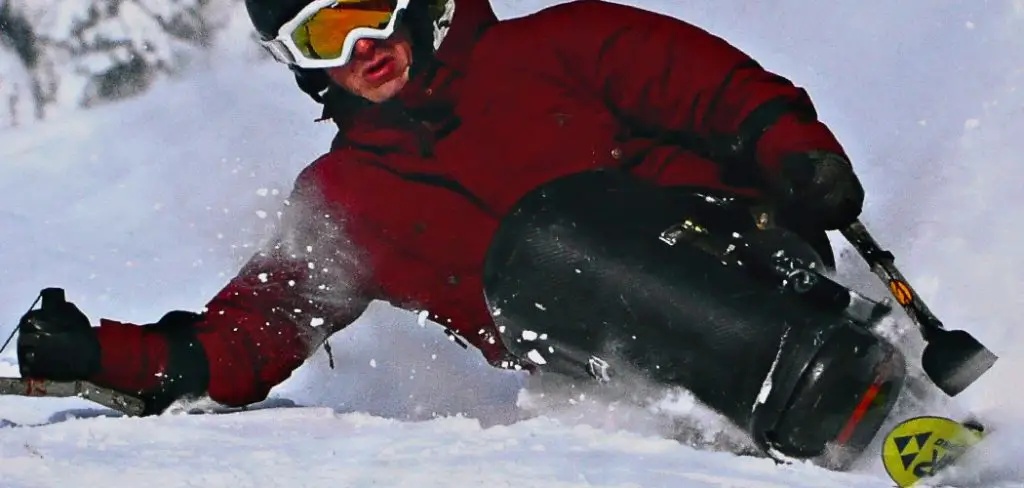
Knowing how Vans snowboard boots fit can significantly influence comfort and performance, so factors such as size, width, and intended usage should be considered before purchasing.
What Will You Need?
Before we dive into how Vans snowboard boots fit, it’s important to gather some essential items to help you determine the right fit. These include:
- Snowboard Socks: Wearing thin, moisture-wicking snowboard socks is crucial, as they provide a better feel and reduce the chance of blisters.
- Heat-moldable Liners: Some Vans snowboard boots come with heat-moldable liners that can be customized to the shape of your foot for an even better fit. If your boots have this feature, make sure to bring them along.
- Boot Size Conversion Chart: Snowboard boot sizes may not always match regular shoe sizes, so it’s a good idea to have a conversion chart on hand to ensure you’re selecting the correct size.
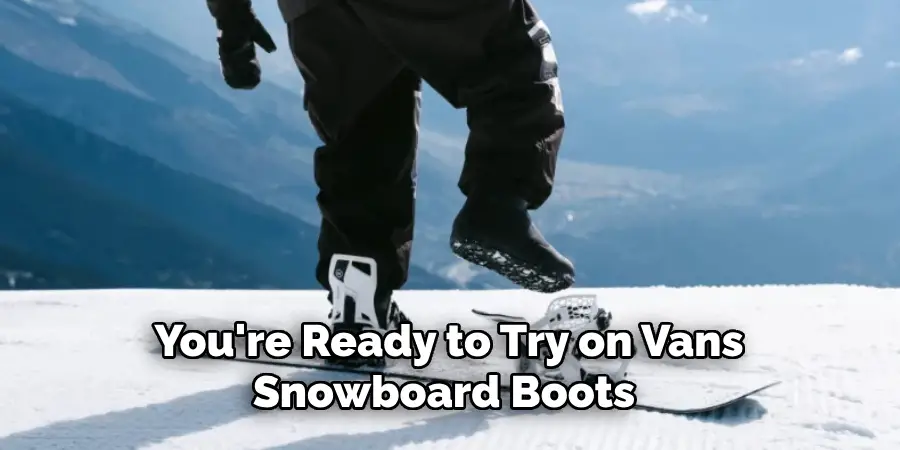
Once you have these items, you’re ready to try on Vans snowboard boots and find the perfect fit.
10 Easy Steps on How Do Vans Snowboard Boots Fit
Step 1: Choose the Right Size
When choosing the right size for Vans snowboard boots, measure your foot’s length and width. This is a crucial first step, as accurate measurements help you choose the most appropriate boot size. You can do this by placing your foot on a piece of paper, tracing its outline, and measuring the longest point from heel to toe and the widest part across the ball of your foot. Use these measurements with a boot size conversion chart to identify the size that best suits your foot dimensions.
It’s important to remember that snowboard boots should feel tighter than regular shoes, as some initial tightness ensures a snug fit that will adapt to your foot’s shape over time. Additionally, consider whether you prefer a slightly tighter fit for more precision and control on the slopes or a looser fit for added comfort, particularly if you plan on snowboarding for extended periods.
Step 2: Try on Boots with Proper Socks
Once you’ve determined the appropriate size, it’s essential to try the boots on with the same type of socks you plan to wear while snowboarding. Use thin, moisture-wicking snowboard socks to ensure an accurate fit. These socks provide an extra layer of comfort and minimize friction, which can help prevent blisters during your time on the slopes. When the boots are on, stand up and walk around to assess if there are any immediate pressure points or discomfort.
It’s essential to ensure your heel stays in place and doesn’t lift when you bend your knees, as this will guarantee better control and reduce the risk of foot fatigue while riding.
Step 3: Check the Toe Box and Heel Hold
Once the boots are on, pay close attention to the toe box and heel hold. The toe box should offer enough room for your toes to wiggle slightly without feeling cramped. However, they should not be so loose that your toes can move freely, as this can affect control and response. Meanwhile, the heel hold is crucial for maintaining stability and avoiding slippage when carving down the slopes.
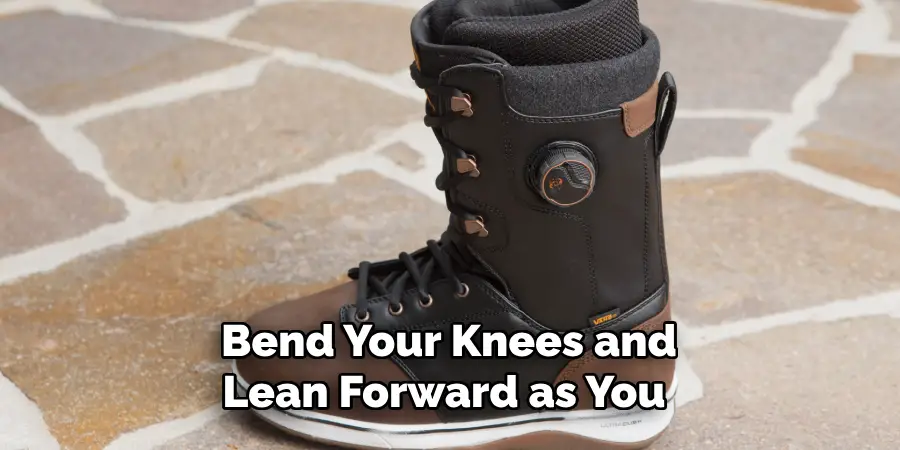
To test the heel hold, bend your knees and lean forward as you would while snowboarding. Your heel should remain firmly in place without lifting, ensuring a snug fit that promotes better board control and reduces the risk of blisters.
Step 4: Evaluate the Ankle Support
To ensure a safe and enjoyable ride, proper ankle support is essential in snowboard boots. Remember how well the boot supports your ankles when trying on Vans snowboard boots. The boot should fit snugly around the ankle without causing discomfort or impeding movement. Firm ankle support will help maintain balance and protect against injuries while riding.
To test this, move your ankles in various directions, mimicking snowboarding movements, to see if the support feels adequate. A well-supported ankle will improve slope control and responsiveness, enhancing your overall snowboarding experience.
Step 5: Test the Flex and Flexibility
The flex and flexibility of snowboard boots significantly impact how they perform during different snowboarding styles, from freestyle to all-mountain riding. Vans snowboard boots come in various flex ratings, ranging from soft to stiff. When trying them on, it’s critical to assess which flex best suits your style and skill level. Soft boots offer more flexibility, ideal for beginners or those who prioritize comfort and mobility in the park. In contrast, stiffer boots provide more support and response, favoring advanced riders tackling aggressive terrains.
To test the flex, lean forward and mimic snowboard movements, observing how the boots respond. Your preference for flex should align with your intended use, ensuring you have the right balance of comfort and control for your snowboarding adventures.
Step 6: Assess Boot Lacing Options
Vans snowboard boots feature various lacing systems, each offering different advantages regarding convenience, fit, and adjustability. Common lacing systems include traditional, speed, and Boa lacing systems. Traditional laces allow for customizable tension across the boot, giving you control over tightness in different areas. Speed laces offer a quick and efficient way to tighten boots with a simple pulling mechanism, making adjustments easier.
The Boa system provides precise, uniform tightening using a dial that is particularly beneficial for fine-tuning the fit. When trying on boots, evaluate the lacing system to see which suits your preferences for ease of use and the level of control you desire over the fit.
Step 7: Evaluate the Liners and Footbeds
The liners and footbeds of Vans snowboard boots play a critical role in overall comfort and fit. Most liners are designed to be heat moldable, allowing them to conform to the contours of your feet over time for a personalized fit. When trying on boots, pay close attention to how the liners feel against your feet, ensuring no uncomfortable pressure points.
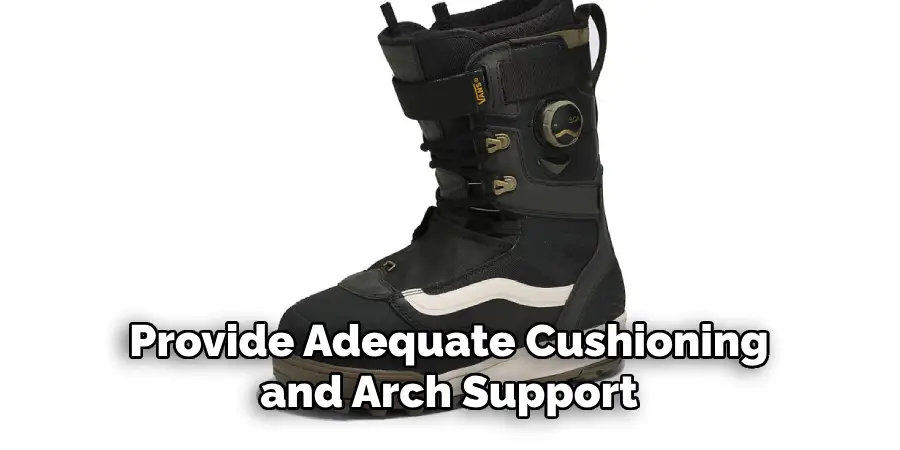
The footbeds should provide adequate cushioning and arch support to keep your feet comfortable during long sessions on the slopes. Consider whether custom footbeds might be necessary for additional support, especially if you have unique foot shapes or specific comfort requirements.
Step 8: Consider the Boot Weight
The weight of Vans snowboard boots can influence your performance and comfort on the slopes. Lighter boots may offer increased mobility and less fatigue, which is particularly beneficial for freestyle snowboarding, where agility and tricks are prioritized. On the other hand, slightly heavier boots provide additional insulation and support suited for all-mountain or backcountry riding where stability is crucial. When trying on boots, weigh the boot in your hands and walk around to get a feel for the weight, ensuring it aligns with your snowboarding style and comfort preferences.
Step 9: Perform a Final Fit Check
Before making a purchase, it’s essential to perform a final fit check to ensure the Vans snowboard boots meet all your criteria for comfort and performance. Wear the boots with the socks you’ll use on the slopes, and fasten them as you would while snowboarding. Spend 15 to 20 minutes in the shoes, walking around, and simulating snowboarding motions, such as bending, leaning, and rotating your ankles. Pay attention to any areas of discomfort or pressure that might become problematic during extended wear.
The final fit check allows you to confirm that the boots provide the right balance of fit, support, and flexibility, helping you make an informed decision for a safe and enjoyable snowboarding experience.
Step 10: Choose the Right Accessories
Once you’ve found the perfect pair of Vans snowboard boots, consider any additional accessories that might enhance your snowboarding experience. Accessories such as foot warmers can provide extra warmth in cold conditions, while specialized insoles can offer additional support and comfort if needed. Boot dryers are a valuable investment to ensure your boots remain dry and free from odor after long days on the slopes. Moreover, consider snowboard-specific socks that wick moisture and have padded areas for increased comfort and protection. Selecting the right accessories complements your boots, helping to tailor your gear to your specific needs and preferences, ultimately enhancing your performance and enjoyment on the snow.
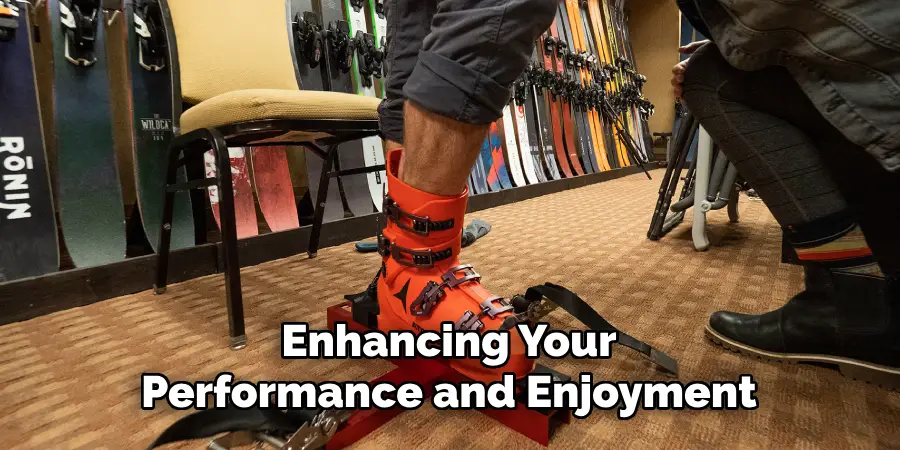
By following these steps and considering the key factors when trying on Vans snowboard boots, you can select a pair that meets your needs and enhances your snowboarding adventures.
Conclusion
Vans snowboard boots are expertly designed to accommodate a variety of snowboarding styles and individual preferences, ensuring that every rider can find the perfect fit for their adventures on the slopes.
By following a systematic approach on how do vans snowboard boots fit—focusing on key factors like ankle support, flex, lacing systems, liners, footbeds, and weight—you can ensure that your choice meets both comfort and performance needs. Vans incorporates innovative technology and thoughtful design to offer boots that provide a customized fit and balance of support and flexibility.
This attention to detail helps enhance your overall experience on the mountain, making Vans snowboard boots a reliable choice for snowboarders seeking quality and comfort.

